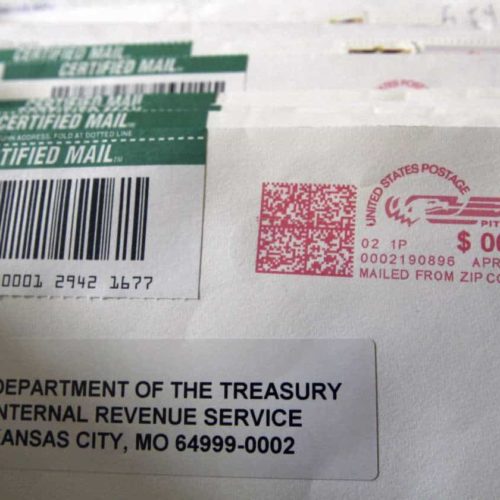Introduction
Tax avoidance schemes, like tax shelters, present a continual problem for IRS. In the 1990s, large corporate tax shelters gained popularity, but more recently, there has been an emphasis on international tax avoidance, like hiding funds in offshore accounts. The IRS’ data on tax shelters is limited, and since the schemes are constantly changing to avoid detection, it presents a constant enforcement issue for the agency.
Some accounting firms or tax firms sell advice to wealthy individuals or corporation on schemes to avoid paying taxes. Tax shelters can involve extremely complex arrangements. The “lease-in, lease-out” shelter involves corporations supposedly leasing large assets, such as sewer systems, from owners without a tax liability and then immediately leasing them back to the original owners to delay income recognition. Simpler techniques involve using inflated or false credits for tax returns, which allow firms to systematically take small-scale reductions with multiple clients and deter IRS detection.
While the IRS has many efforts focused on eliminating tax shelters, it has struggled to estimate the scope of the problem accurately or document results and the impact of its current initiatives, according to a Government Accountability Office report.
IRS has limited data on the number of firm or companies promoting tax avoidance schemes and taxpayers investing in their advice. Using different methods, IRS estimated in 2006 that about 1 million tax returns and between about 11,000 and 15,000 promoters were involved in tax avoidance.
The IRS also lacked information on why investigations were closed without penalties, which could help determine which cases to investigate. Out of the 130 cases discontinued in 2009, GAO could not analyze 33 because officials lacked documentation. In two-thirds of the remaining 97 cases analyzed, the investigations closed because the parties were not actively promoting abusive transactions or because IRS could not obtain enough evidence to support a penalty.
“While measuring the impact of IRS’s efforts is challenging, having more information on the results of its enforcement efforts such as why investigations were closed without penalties or injunctions would better inform IRS management when making judgments about program effectiveness and resource allocation,” the GAO said.
Between 2006 and 2010, the IRS investigated 1,466 promoter situations, about 38 percent of which were given penalties or injunctions and 62 percent which were closed out. IRS has no criteria to indicate whether the investigation results were at desired levels, which would be important in deciding which types of cases to select for investigation.
FAST FACT: The large business division’s examination of 9,400 tax returns with suspected avoidance schemes recommended additional assessments for tax issues totaling $42.4 billion, of which taxpayers disagreed with about 84 percent. The Small Business division examination of 125,700 returns with suspected avoidance schemes recommended assessments for issues worth $6 billion, of which taxpayers contested 54 percent through the IRS’s Appeals office.


Join the conversation
Show Comments